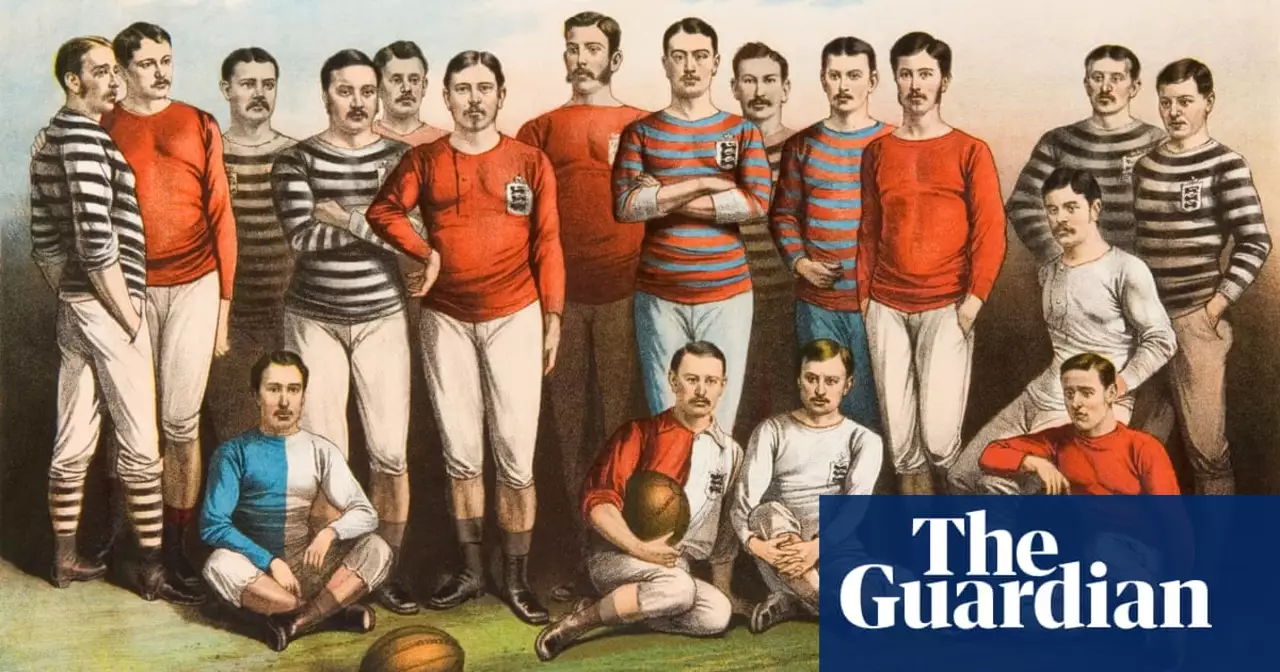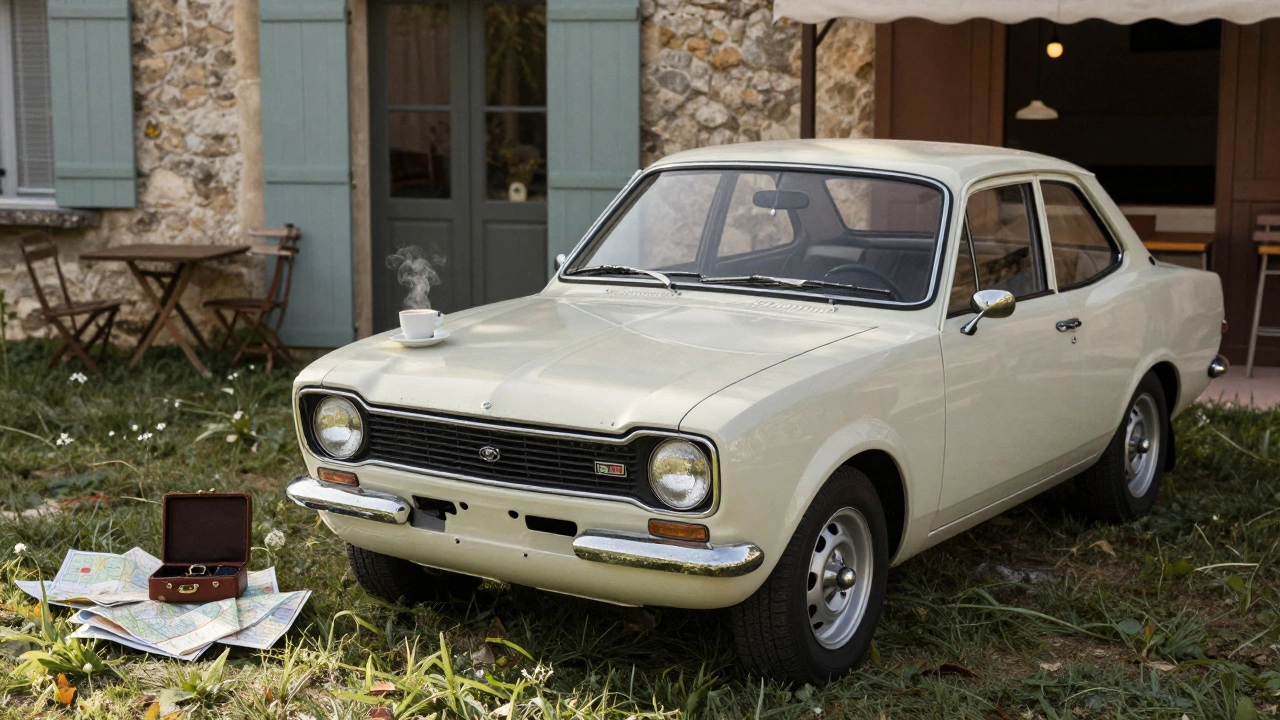History of Sports: A Journey Through Time
When diving into History of Sports, the chronological study of how games and athletic competitions have developed across cultures. Also known as Sports History, it reveals why we love watching and playing. Central to this story is organized team sports, structured group competitions with defined rules and regular participants that first appeared centuries before the 19th century. Organized team sports encompass everything from ancient Greek contests to medieval village matches, showing that the desire to compete in teams is a timeless human trait. Ancient Greek sports, events like chariot racing and the early Olympic Games that celebrated physical excellence laid the groundwork for modern athletics, while medieval European games, rough, communal pastimes such as mob football and hurling that required whole towns to play demonstrated how community participation fuels competition. These three pillars—organized team sports, ancient Greek sports, and medieval European games—interlink to form a rich tapestry of human play.
Key Milestones in Sports Evolution
Looking back, the earliest recorded team activity is the Chinese game of cuju, an early form of soccer played during the Han dynasty, which shows that ball games crossed continents long before modern football. In the Americas, Native American lacrosse served both spiritual and strategic purposes, illustrating how sports can carry cultural meaning beyond mere entertainment. The ancient Olympic Games, revived in 1896, borrowed heavily from earlier Greek rituals, proving that historical events can resurrect and reshape old traditions. Meanwhile, medieval festivals turned streets into arenas for mob football, a chaotic predecessor to today’s organized leagues, highlighting the shift from spontaneous gatherings to formalized competition. Each era contributed tools, rules, and social structures that today's athletes leverage, from standardized courts to global governing bodies. The evolution demonstrates that as societies advanced, so did the complexity and reach of their sports.
Today’s readers will find a curated collection that unpacks these developments in depth. Expect deep dives into how ancient competitions influenced modern rulebooks, why medieval games mattered for community identity, and what early team sports tell us about human cooperation. Whether you’re curious about the roots of your favorite sport or looking for historic anecdotes to share, the posts below cover the full spectrum. Let’s explore how the past continues to shape the games we love, and see what insights await in the articles that follow.
Were there any organized team sports prior to the 19th century?
As a blogger, I was curious to know if there were any organized team sports prior to the 19th century. After some research, I discovered that there indeed were! Examples include ancient Greek sports like chariot racing and the Olympic Games, as well as traditional Chinese sports like cuju, an early form of soccer. In Europe, medieval games like hurling and mob football were played, and even Native American communities enjoyed team sports such as lacrosse. It's fascinating to learn that organized team sports have been around for centuries, bringing people together and fostering a spirit of friendly competition.



